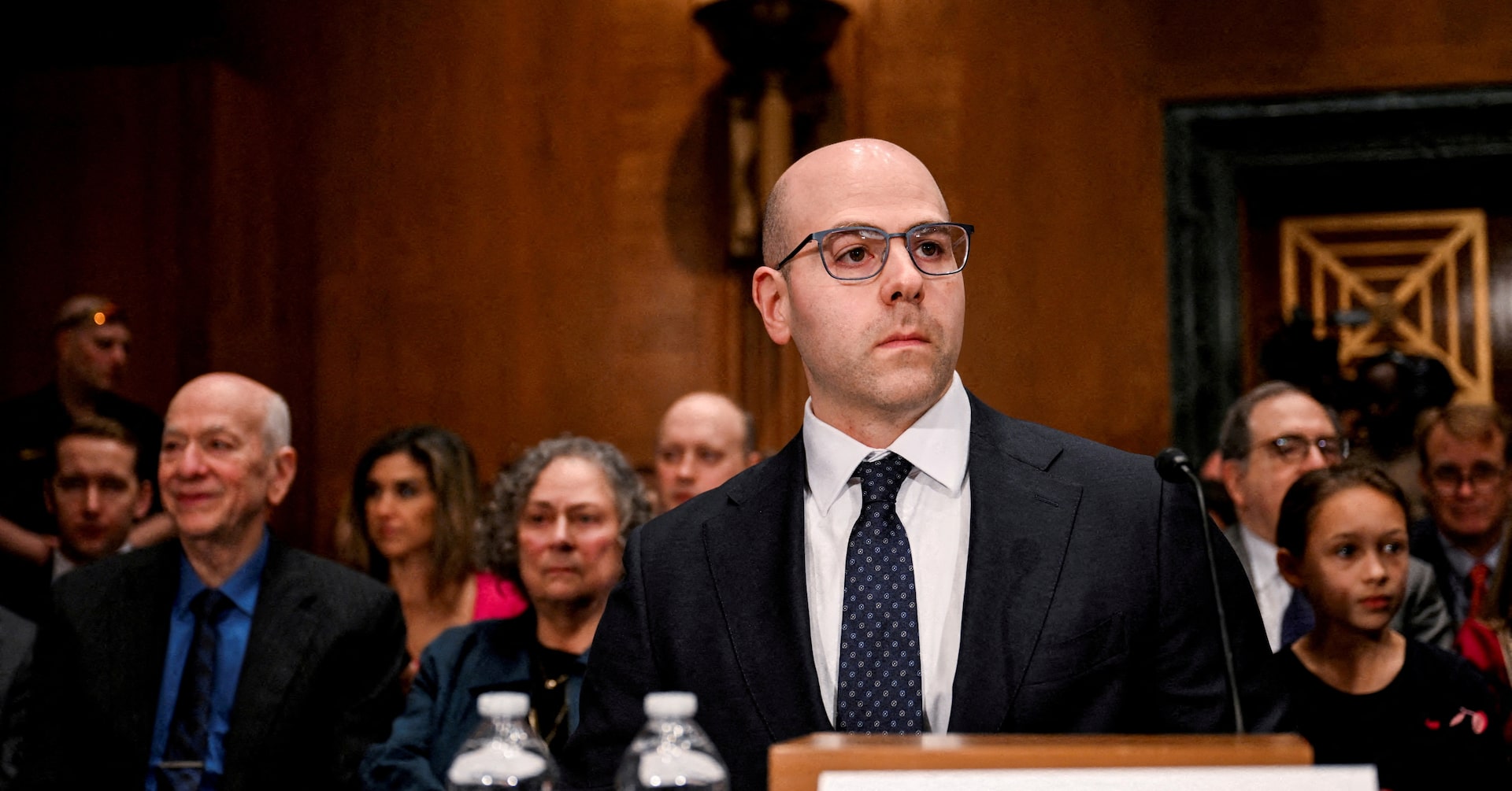WASHINGTON, Sept 15 (Reuters) – The U.S. Senate narrowly approved Stephen Miran for a seat on the Federal Reserve’s Board of Governors in a 48-47 vote, marking a pivotal moment in President Donald Trump’s efforts to shape monetary policy ahead of a crucial rate-setting meeting. The confirmation expands Trump’s influence over the central bank, granting his top economic adviser a voice in upcoming decisions on interest rates. n nThe vote, largely split along party lines, concluded a rapid nomination process that began in August following the unexpected resignation of Fed governor Adriana Kugler. Her departure created a vacancy that the administration moved swiftly to fill with a candidate aligned with the president’s push for lower borrowing costs. n nRepublican Senator Lisa Murkowski of Alaska broke ranks by opposing Miran’s nomination, making her the only GOP member to do so. Typically, Senate confirmations for such roles take several months, but Miran’s was completed in under six weeks. n nPending administrative formalities and swearing-in procedures, Miran is expected to participate in the Federal Reserve’s two-day policy session beginning Tuesday. Market analysts anticipate a quarter-point rate cut by the end of the meeting on Wednesday, aimed at supporting a softening labor market. However, Miran may oppose the modest reduction, favoring a more aggressive easing—though likely not as drastic as the multi-point cuts Trump has publicly advocated. n nAs chair of the White House Council of Economic Advisers, Miran has consistently argued that the administration’s trade policies, including high import tariffs, will not fuel inflation. He has also claimed that stricter immigration enforcement could reduce housing demand and thereby ease broader price pressures. n nBeyond voting on monetary policy, Fed governors oversee key areas such as financial regulation, supervision of regional banks, and internal budgeting for the central banking system. Miran will retain his White House position while serving at the Fed on unpaid leave until January 31, though he may remain longer if no successor is confirmed. n nDemocrats have criticized the arrangement, calling Miran a political appointee beholden to Trump. He denies these allegations. n nTwo other Trump-appointed governors, Michelle Bowman and Christopher Waller, dissented in July’s meeting, advocating for looser monetary conditions. With recent labor data showing weaker-than-expected performance, analysts believe they might dissent again in September, possibly joining Miran in pushing for a half-point cut. n nA triple dissent among board members would be unprecedented since 1988, during the early years of former Chair Alan Greenspan’s tenure. n
— news from Reuters
— News Original —
Trump economic adviser Miran gets Senate nod to join Fed board
WASHINGTON, Sept 15 (Reuters) – The U.S. Senate on Monday narrowly confirmed Stephen Miran to the Federal Reserve ‘s Board of Governors, expanding President Donald Trump ‘s influence over the world ‘s most important central bank and handing his top economic adviser one of 12 interest-rate-setting votes on the eve of a key policy meeting. n nThe 48-47, largely party-line vote in the Republican-controlled Senate on Monday marked the final step of a swift process that began in August when Adriana Kugler resigned unexpectedly as a Fed governor. That created an opening on the seven-member Fed board for Trump to fill with someone more amenable to lowering interest rates, as the president has demanded for all year. n nSign up here. n nSenator Lisa Murkowski of Alaska was the lone vote against Miran from Republicans. n nIt typically takes months for a Fed governor nominee to be confirmed by the Senate; in Miran ‘s case it took fewer than six weeks. n nPending the completion of paperwork and his swearing-in, Miran will take part in the U.S. central bank ‘s two-day policy meeting that starts on Tuesday. Fed policymakers are expected to approve a quarter-percentage-point rate cut to support a weakening labor market at the end of the meeting on Wednesday. n nAnalysts anticipate that Miran will dissent on the policy decision in favor of a bigger rate cut, though not necessarily the several-percentage-point reduction that Trump has demanded. n nAs the head of the White House ‘s Council of Economic Advisers, Miran has repeatedly said he believes the Republican president ‘s hefty import tariffs won ‘t cause inflation and that the president ‘s other policies, including his immigration crackdown, will ease broad price pressures by reducing demand for housing. n nAs the newest Fed board member, Miran would have responsibilities that extend beyond voting on interest rates; governors typically serve on several committees with remits including U.S. financial regulation and supervision, community banking, and staffing and budget decisions for the U.S. central bank ‘s system as well as its 12 regional banks. n nMiran will retain his White House job but go on unpaid leave while he serves at the Fed for a term that expires January 31, although he could stay on indefinitely if a successor for his Fed seat has not yet been picked and confirmed. n nDemocrats say the arrangement makes him a Trump “puppet,” a charge that Miran denies. n nTwo other Fed governors appointed by Trump in his first term – Michelle Bowman and Christopher Waller – dissented during the July 29-30 meeting in favor of easier policy, and analysts say weaker-than-expected labor market data since that time could move them to dissent again in September in favor of a larger rate reduction than the quarter of a percentage point broadly priced in by financial markets. n nA triple dissent by Fed governors has not occurred since 1988, early in former Fed Chair Alan Greenspan ‘s term. n nReporting by Ann Saphir; Editing by Dan Burns, Paul Simao and Lincoln Feast.
